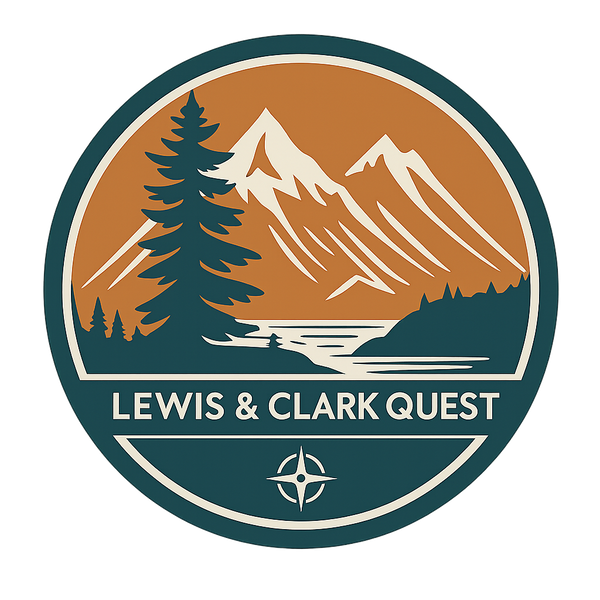
Indigenous Histories Along the Lewis & Clark Trail (and Why They Matter Today)
Share
The rivers we drift down were trade routes long before we floated them. The landscapes we marvel at were home long before we camped for the night.
When Meriwether Lewis and William Clark set out in 1804, they were venturing into what many Americans called “the unknown.” But the truth is, it was only unknown to them. The lands they crossed — from the Missouri River to the Pacific coast — were deeply known, cared for, and governed by Native nations for thousands of years.
The Lewis & Clark journals mention over 50 distinct tribes. But what their words couldn’t fully capture is the vibrant, complex web of cultures, alliances, and histories that made up the real story of the American West.
Today, as we retrace their route by raft, it’s clear: understanding the expedition’s path requires understanding Indigenous histories — and honoring the people still living them.
The Trail Was Never Empty
Lewis & Clark described vast open spaces, towering mountains, endless rivers. But nearly every major stopping point on their journey — from the Mandan villages in present-day North Dakota to the Clatsop encampments on the Oregon coast — was part of a thriving Indigenous world.
-
The Mandan and Hidatsa people built permanent villages of earth lodges and ran agricultural trade hubs.
-
The Nez Perce famously aided the expedition when the Corps was near starvation crossing the Bitterroots.
-
The Chinook and Clatsop controlled sophisticated maritime economies along the Columbia River.
-
The Blackfeet, Sioux, Shoshone, Walla Walla, and many more each had their own governance systems, territories, and diplomatic protocols.
This wasn’t untouched wilderness — it was a dynamic landscape of nations.
Gifts, Exchanges... and Misunderstandings
The Corps of Discovery traded goods like beads, cloth, and metal tools in exchange for food, horses, and safe passage. These exchanges were transactional — but they were also cultural collisions.
In many cases, tribal leaders saw these interactions through the lens of existing diplomacy traditions. Gifting, for example, carried deep meaning among many tribes, signaling relationships of mutual obligation. But the Americans often viewed these moments through a very different frame — one of conquest, property, and expansion.
This disconnect wasn’t just a language barrier — it was a worldview barrier, and it shaped what came next.
A Legacy of Broken Promises
Though Lewis & Clark sometimes made sincere efforts to negotiate peaceably, the expedition also laid the groundwork for U.S. claims to vast territories. The medals and flags they distributed to tribal leaders were symbolic — but in Washington D.C., they were seen as marks of sovereignty transferred.
What followed in the decades after the expedition was a series of broken treaties, violent displacements, and systemic erasure of Indigenous nations from their homelands.
Today, the same rivers and plains still carry the echoes of those upheavals.
Why Indigenous Histories Matter Now
If we retrace the Lewis & Clark trail without acknowledging the full story, we repeat the erasure.
Recognizing the Indigenous histories of these lands does more than correct the record — it reconnects us to a deeper, more honest story of place.
-
It honors the people who knew the rivers long before maps were drawn.
-
It respects ongoing tribal sovereignty and revitalization efforts.
-
It reminds us that history isn’t something you visit — it’s something you’re standing inside of.
As we float downriver on our hand-built raft, we’re guests. And we’re students — of the water, the land, and the people who came before.
Learn More
Throughout our journey, we’ll be sharing Indigenous perspectives, historical highlights, and modern voices from the trail.
Follow along, stay curious, and remember: every river has more than one story.
